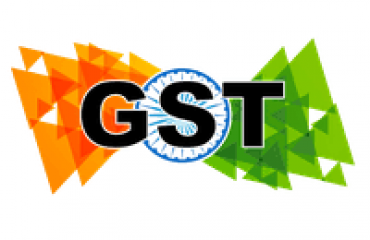
While electronic toys such as expensive robots and kids’ tablets attracted 18% GST earlier, other toys such as tricycles and bicycles were taxed at 12%.
Toys manufacturers are set to see higher tax liabilities after a ruling said that toys that have any form of light or sound should be treated as electronic toys and taxed at 18% under Goods and Services Tax (GST).
While electronic toys such as expensive robots and kids' tablets attracted 18% GST earlier, other toys such as tricycles and bicycles were taxed at 12%.
The Tamil Nadu Authority for Advance Ruling (AAR) held that children's scooters, smart tricycles and kick scooters – in which physical force is the primary action but they also have electronic circuits or parts for providing lights, music, etc. – should be taxed as electronic toys.
"In common parlance, electronic toys are generally understood as toys whether electrically or battery operated, hence the applicant sought for classification at the lower rate. Authorities here have disregarded the test of common parlance and looked into other minute aspects like safety standards of the product, the way toys are advertised," said Harpreet Singh, partner, Indirect taxes at KPMG in India.
Industry trackers said the tax authorities could now start issuing notices based on the AAR ruling. This could also apply to manufacturers and retailers that have already sold toys and paid 12% GST on that amount.
Why flavoured milk taxed at 12% but not flavoured lassi, AAR contradictions and confusion explained

"Even though physical force is the primary action of a toy and if the light and music are ancillary to it, the light and music are operated by the battery and assembled with the toy. Hence, it is to be classified as electronic toys," said the ruling.
The Tamil Nadu AAR said that even in the case of toys such as tricycles the safety standards prescribed by the manufactures were similar to that for electronic toys.
It also observed that these toys are advertised as electronic toys with additional horns and other gadgets attached to them.
"This is another case law which emphasises the importance of considering all aspects such as end-use, marketability, common parlance, documentation, components being used, etc., to determine correct GST classification," said Singh.
Product categorisation under GST has been an issue as it is a nuanced tax framework, said experts.
Under the GST framework tax rates can depend on product composition or even end-use of the product. Often this has resulted in different views taken by the tax authorities and the companies.
